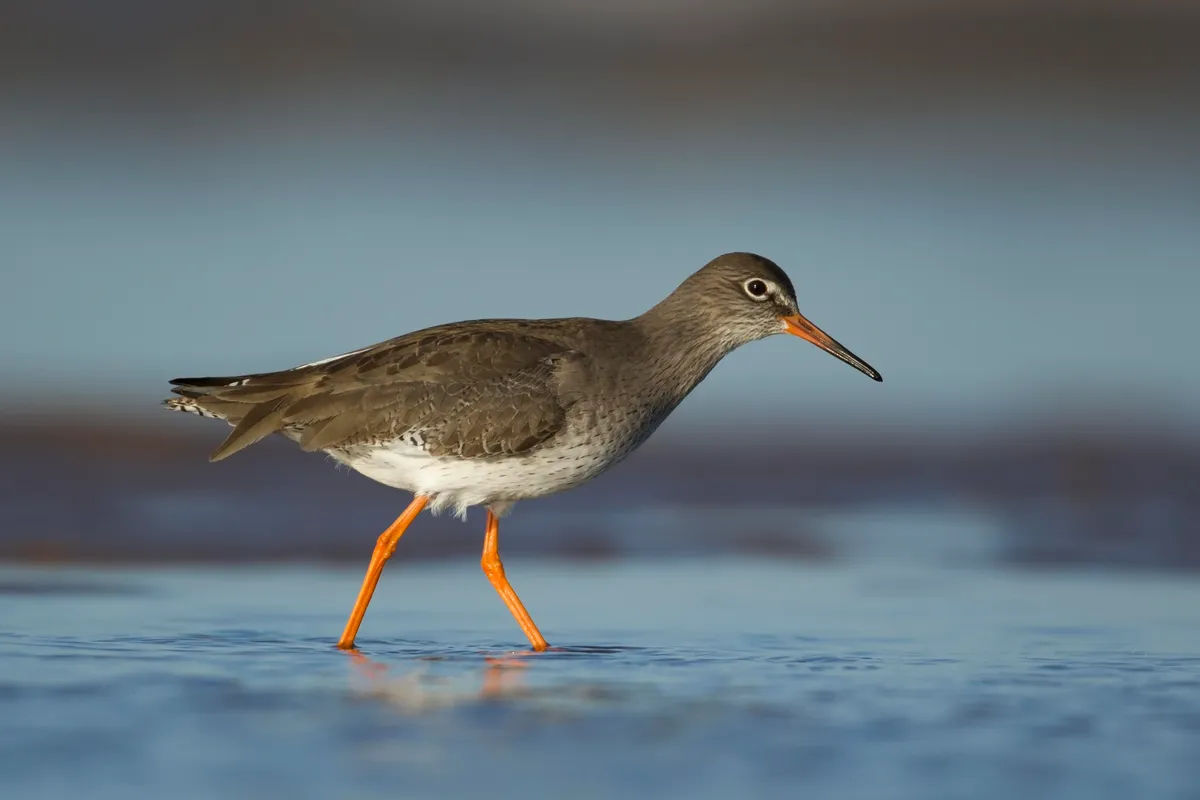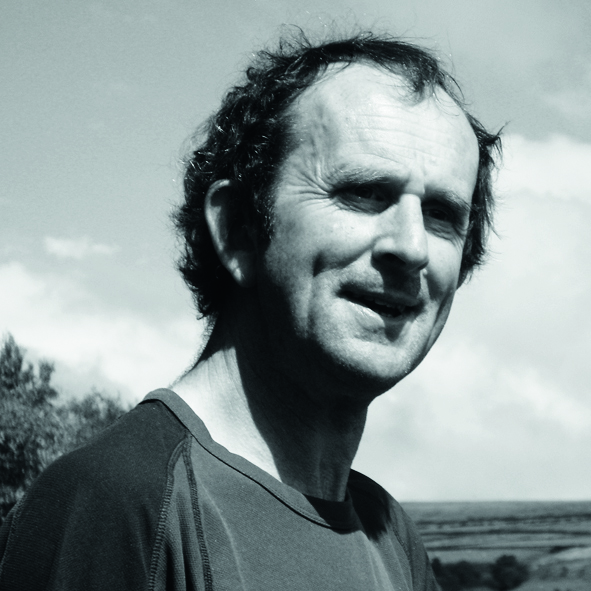Tucked into the south-west corner of The Wirral peninsula, this liminal landscape beside – and in – the huge Dee Estuary thrums with seasonal activity, particularly in autumn.
The superb coastal RSPB reserve of Burton Mere Wetlands is one of the UK’s best birdwatching areas, where summer’s departing visitors are replaced by fresh new feathers seeking climatic sanctuary.

Wildlife at Burton Mere
Between the woods and the water, lagoons, scrapes, reedbeds, marshes, pastures and copses all offer the potential for plentiful sightings during a restful visit. Accessible paths and boardwalks lead from the visitor centre straight to the action; several diversely located hides may reward with black-tailed godwits, snipe, lapwings, redshanks, elusive ruffs and many other wading birds.
October also sees the arrival of pink-footed geese – over 20,000 fly in from far North Atlantic islands; their filigree skeins etch twilight skies as they return from foraging the Dee’s waterside larders. Elegant whooper swans migrate here from Iceland to escape the brutal winters there; their honking call is a defining sound of autumn’s arrival.

Little egrets, lining up like nodding donkeys to probe the shallows for elusive prey, appear ungainly in their tree-branch roosts, secure from predators. They’ve become well-established here over the past 20 years. More recently, great white and cattle egrets have regularly visited.
A highlight of any visit must be the raptors, which enliven autumn here. Kestrels scour pastureland, while majestic marsh harriers flap languorously across the marsh. As do short-eared owls. Both species hunt small mammals. Peregrines and
hen harriers harry the feeding flocks as they scout for potential victims.
Occasional starling murmurations – hypnotic, wavering patterns in the sky – may grace nearby Little Neston’s reedbeds. Visit the cosy marsh-side Harp Inn towards dusk and see what develops as daylight fades behind the hills of Wales, beyond the estuary’s sinuous creeks and ephemeral waters.

